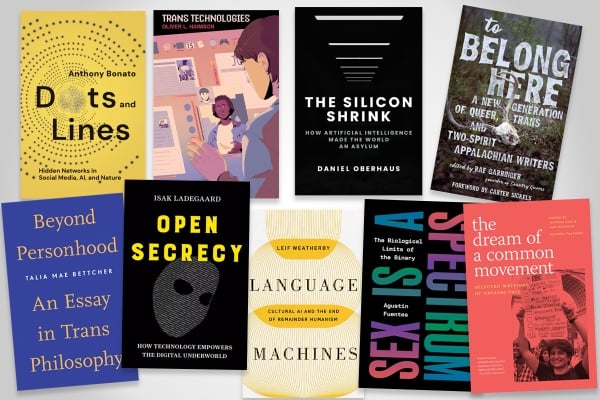FOR IMMEDIATE RELEASE:
June 25, 2025
Contact:
WASHINGTON, D.C. — As the House Select Committee on the China opens its landmark hearing, “Authoritarians and Algorithms: Why U.S. AI Must Lead,” Committee leaders are unveiling new bipartisan legislation to confront the CCP’s growing exploitation of artificial intelligence.
Chairman John Moolenaar (R-MI) and Ranking Member Raja Krishnamoorthi (D-IL) today announced the House introduction of the “No Adversarial AI Act”— bipartisan legislation also being championed in the Senate by Senators Rick Scott (R-FL) and Gary Peters (D-MI). The bill would prohibit U.S. executive agencies from acquiring or using artificial intelligence developed by companies tied to foreign adversaries like the Chinese Communist Party. The House legislation is cosponsored by a bipartisan group of Select Committee members, including Reps. Ritchie Torres (D-NY) and Darin LaHood (R-IL).
“We are in a new Cold War—and AI is the strategic technology at the center,” said Chairman Moolenaar. “The CCP doesn’t innovate—it steals, scales, and subverts. From IP theft and chip smuggling to embedding AI in surveillance and military platforms, the Chinese Communist Party is racing to weaponize this technology. We must draw a clear line: U.S. government systems cannot be powered by tools built to serve authoritarian interests.”
What the No Adversarial AI Act Does:
- Creates a public list of AI systems developed by foreign adversaries, maintained and updated by the Federal Acquisition Security Council.
- Prohibits executive agencies from acquiring or using adversary-developed AI—except in narrow cases such as research, counterterrorism, or mission-critical needs.
- Establishes a delisting process for companies that can demonstrate they are free from foreign adversary control or influence.
“Artificial intelligence controlled by foreign adversaries poses a direct threat to our national security, our data, and our government operations,” said Ranking Member Raja Krishnamoorthi. “We cannot allow hostile regimes to embed their code in our most sensitive systems. This bipartisan legislation will create a clear firewall between foreign adversary AI and the U.S. government, protecting our institutions and the American people. Chinese, Russian, and other adversary AI systems simply do not belong on government devices, and certainly shouldn’t be entrusted with government data.”
Senator Rick Scott said, “The Communist Chinese regime will use any means necessary to spy, steal, and undermine the United States, and as AI technology advances, we must do more to protect our national security and stop adversarial regimes from using technology against us. With clear evidence that China can have access to U.S. user data on AI systems, it’s absolutely insane for our own federal agencies to be using these dangerous platforms and subject our government to Beijing’s control. Our No Adversarial AI Act will stop this direct threat to our national security and keep the American government’s sensitive data out of enemy hands.”
The legislation marks a major action in the Select Committee’s AI campaign, which aims to secure U.S. AI supply chains, enforce robust export controls, and ensure American innovation does not fuel authoritarian surveillance or military systems abroad.
Today’s hearing and legislation continues the series of new proposals and messaging the Committee will roll out this summer to confront the CCP’s exploitation of U.S. innovation and prevent American technology from fueling Beijing’s AI ambitions.


